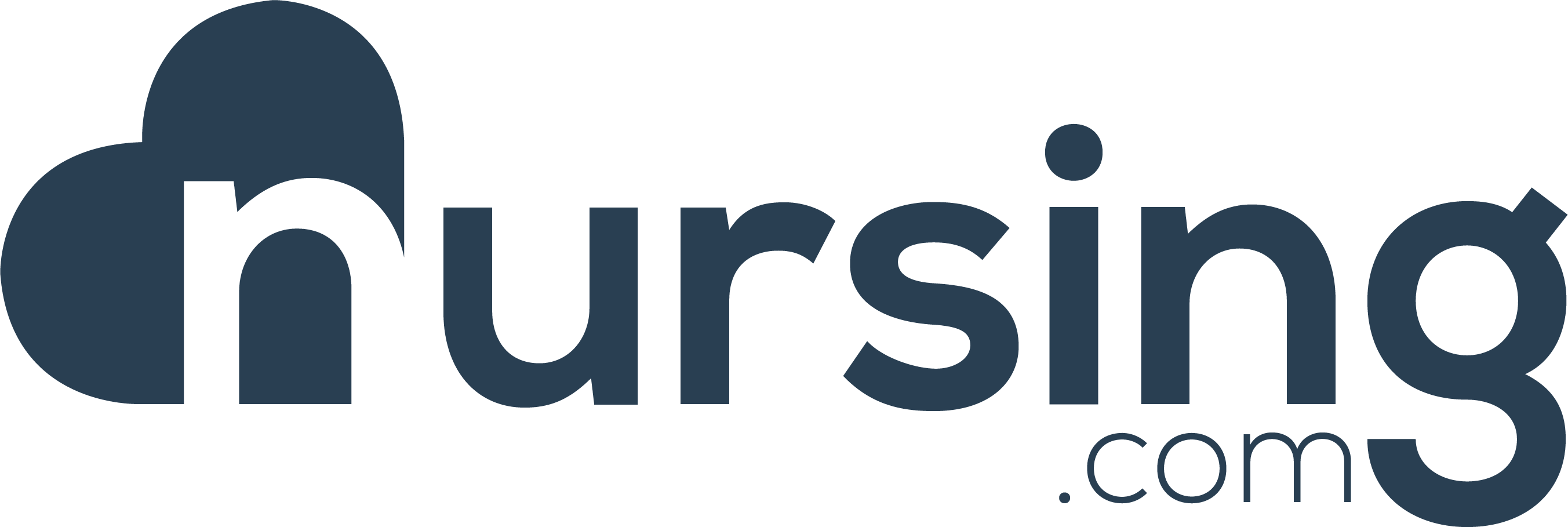Watch More! Unlock the full videos with a FREE trial
Already have an account? Log In
Included In This Lesson
Study Tools
Access More! View the full outline and transcript with a FREE trial
Already have an account? Log In
Transcript
Welcome back and today we are going to talk about opioids.
Opioids are derived from the opium poppy plant, and include legal (pharmaceuticals) and non-legal (illicit) substances. The primary goal is pain relief.
The main mechanism of action is it’s inhibition of CNS receptors. When those are blocked, pain receptors are blocked. Again, all comes back to pain relief.
There are many types of opioids. You have probably already heard of heroin and opium. These are the non-pharmaceutical types. All the others in this list are manufactured. Many people are prescribed pain medications listed here, they are highly addictive and some are in the news for the opioid epidemic.
The main indication for opioids is pain relief. Others include cough suppression and anesthesia.
Now opioids are two side effect categories, CNS and non-CNS. Pain relief can cause pinpoint pupils (an autonomic system reaction), convulsions, nausea, vomiting and respiratory depression (d/t decrease respiratory responses = slower to no respirations). Non-CNS effects are due to overall histamine release and include hypotension, constipation, decreased urine low and flushing.
As we are in the opioid epidemic, let’s review reversal agents. Now these two block opioids receptors. So, if you patient has overdosed - this drug is given to reverse the lethal effects - usually related to respiratory depression. Due to the current opioid epidemic many first responders and even police now carry naloxone with them d/t it’s being a common occurrence. These patients are often brought to the ED, placed on mechanical ventilation to support their decrease respiratory drive and started on a narcan drip until the drug is out of their system. The goal is proper oxygenation and ventilation while the drug works itself out of their body.
Now with opiods comes addiction and dependence. These patients come in with N/V/D, confusion, aches, sweating, fever, chills and insomnia. They even can present as agitated or aggressive depending on their stage of withdrawal. Safety is an important element when managing opioid withdrawal patients.
Priority nursing concepts for a patent received opioids include comfort and pharmacology.
Alright let’s recap, there are various types of opiods, some illicit and some pharmaceutical. Usually once a person isn’t allowed anymore pharmaceutical meds, they move right to illicit drugs to support their habit if they are addicted (sadly). Indications for opioids include pain relief, cough reduction and anesthesia. Side effects are CNS or non-CNS base - # 1 being respiratory depression. Reversal agents are used if someone is found to be in respiratory distress and drugs like Narcan block opiods receptors. Lastly, withdrawal can present with a number of symptoms but make sure you are safe and know that management focus on symptoms (be antiemetics, tylenol, hydration, etc).
You know now the important details regarding opiods. Now, go out and be your best self today and as always, Happy Nursing!
View the FULL Transcript
When you start a FREE trial you gain access to the full outline as well as:
- SIMCLEX (NCLEX Simulator)
- 6,500+ Practice NCLEX Questions
- 2,000+ HD Videos
- 300+ Nursing Cheatsheets
“Would suggest to all nursing students . . . Guaranteed to ease the stress!”

